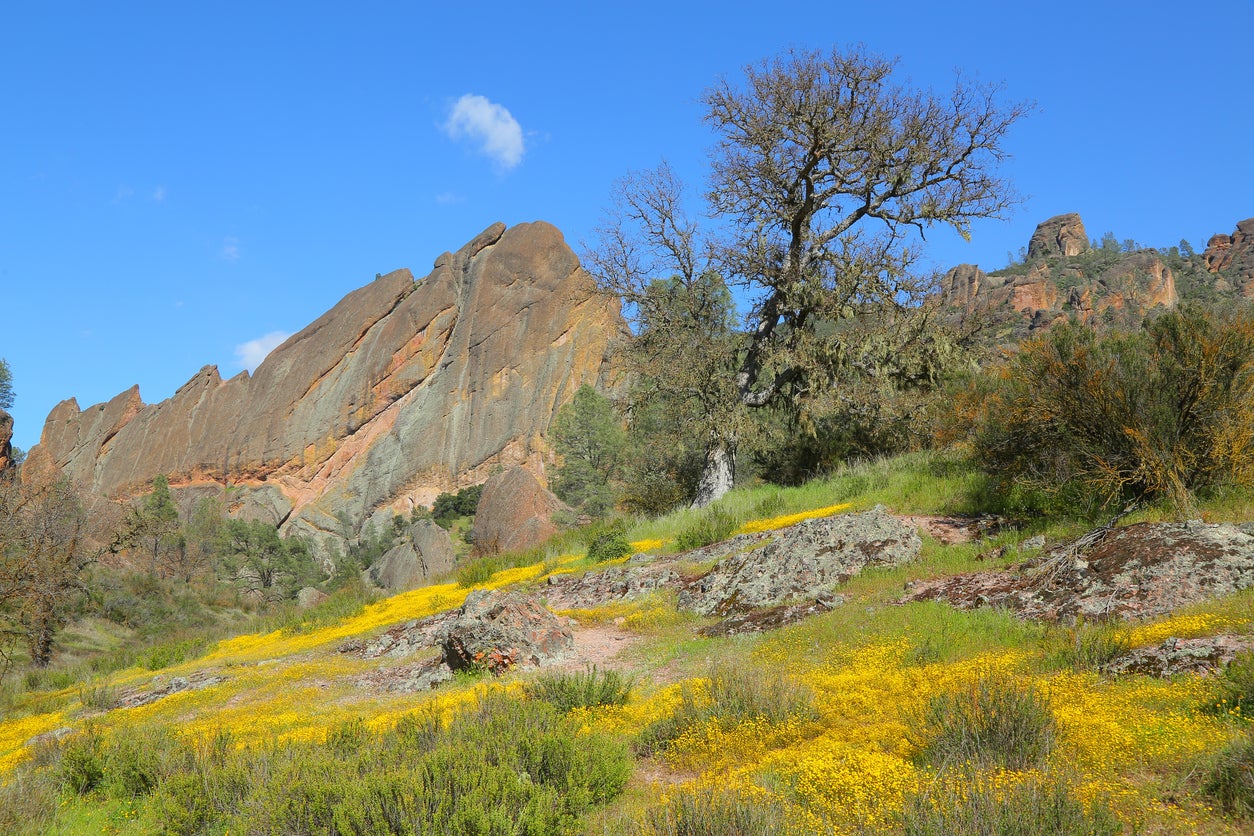Chaparral Garden Design: How To Mimic A Chaparral Native Habitat


Whether you're trying to establish a native environment in your California backyard or you wish to capture the essence of that locale elsewhere, creating a chaparral garden design can be challenging and rewarding.
What is a Chaparral?
Chaparral is as much a place as it is a thing. Defined as an ecological area composed of scrub brush and dwarf trees, chaparral environments are found primarily in California foothills and dry coastal areas. Marked by mild, wet winters and warm, dry summers, a chaparral native habitat includes a diverse group of plants adapted to the environmental challenges of this area.
Plants that grow in the chaparral native habitat have thick, waxy leaves with deep stomata for improved water retention. Another drought-resistant adaptation seen among chaparral plants is their propensity to lose their leaves during the dry summer months.
Due to dry conditions, chaparrals are prone to wildfires. Many plants of the chaparral have adapted by growing long taproots and thick fire-resistant tubers, called burls. These woody tubers are located at the base of the plant and offer a point for quick regrowth after the devastation of flames have passed. Other plants produce seeds with a thick outer coating that must be tempered by heat before sprouting.
How to Create Chaparral Native Habitat
Planting in chaparral climates is the obvious choice for mimicking a chaparral native habitat, but gardeners living outside this area can also utilize a chaparral garden design. Try incorporating these ideas into your garden to bring that Southern California feel to your own backyard:
- Use stone and rock pathways to mimic the dry, rocky terrain of the chaparral.
- Limit the number of trees and concentrate on planting bushy areas with blooming evergreen shrubs like the manzanita, California wild lilac, or the common flannel bush.
- Plant taller species in the back, keeping shorter, broader shrubs near the front edges of the garden
- Naturalize flowering perennials, like California poppies, near borders and along walkways.
- Select plants that are hardy for your climate. Chaparral plants tend to be drought resistant, like full sun and grow best in USDA zones 7 to 11.
Plants to Grow for Chaparral Gardening
If by now you're thinking a chaparral garden design might work for your landscape, check out some of these flowering plants and shrubs:
- Chamise (Adenostoma fasciculatum) – A perennial shrub with white, wild rose-like flowers. Chamise can grow to 10 feet (3 m.) tall, but responds well to extensive pruning.
- Common Manzanita (Arctostaphylos manzanita) – One of about 50 species of manzanita, this type has beautiful twisty branches, leathery leaves and white cup-shaped flowers.
- California Wild Lilac (Ceanothus) – Bush-type species of California lilac can grow 8 to 9 feet (2.5 to 2.7 m.) tall with shiny foliage and fragrant blue flowers.
- Common Flannel Bush (Fremontodendron californicum) – Flannel bush plant is a large, hairy-leaved shrub that produces yellow “petal-less” flowers.
- California Poppy (Eschscholzia californica) – In the wild, this California state flower blooms in shades of pale yellow, orange or cream. Cultivated varieties of California poppies include red and pink flower colors.
- Hummingbird Sage (Salvia spathacea) – This herbaceous species of the salvia family blooms with dark, rose-lilac flowers in the spring and does well in shady areas of the garden. As its name suggests, hummingbird sage attracts these pollinators.
Gardening tips, videos, info and more delivered right to your inbox!
Sign up for the Gardening Know How newsletter today and receive a free copy of our e-book "How to Grow Delicious Tomatoes".

Laura Miller has been gardening all her life. Holding a degree in Biology, Nutrition, and Agriculture, Laura's area of expertise is vegetables, herbs, and all things edible. She lives in Ohio.